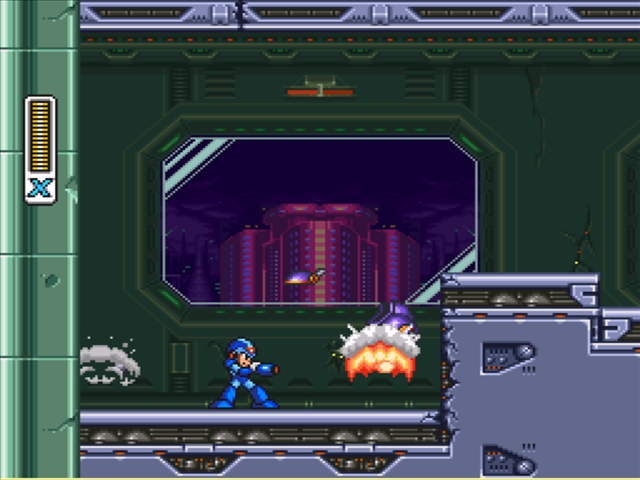


It also provides dynamic scaling capability and transparency effects. Its primary purpose is to convert Atari ST bitmap image data into the Super NES bitplane format. The DSP-1B introduced a bug in the Pilotwings demo due to the game code not being updated for the timing differences of the chip revisions. The DSP-1A is a die shrink of the DSP-1, and the DSP-1B corrects several bugs.

The later DSP-1A and DSP-1B serve the same purpose as the DSP-1. It provides fast support for the floating-point and trigonometric calculations needed by 3D math algorithms. It is used as a math coprocessor in games such as Super Mario Kart and Pilotwings that require more advanced Mode 7 scaling and rotation. The DSP-1 is the most varied and widely used of the Super NES DSPs, in more than 15 separate games. All of them are based on the NEC µPD77C25 CPU and clocked at 8 MHz. The DSP-1 version, including the later 1A die shrink and 1B bug fix revisions, was most often used the DSP-2, DSP-3, and DSP-4 were used in only one game each. The chip has four revisions, each physically identical but with different microcode. This series of fixed-point digital signal processor chips provides fast vector-based calculations, bitmap conversions, 2D and 3D coordinate transformations, and other functions. The differences are in packaging, pinout, maximum supported ROM size, and internal clock speed. All versions of the Super FX chip are functionally compatible in terms of their instruction set. The final known revision is the GSU-2-SP1. The design was revised to the GSU-2, which is still 16-bit, but this version can support a ROM size greater than 8 Mbit. Both the MARIO CHIP 1 and the GSU-1 can support a maximum ROM size of 8 Mbits. The GSU-1 however runs at the full 21.47 MHz. Both versions are clocked with a 21.47 MHz signal, but an internal clock speed divider halves it to 10.74 MHz on the MARIO CHIP 1. From 1994, some boards have an epoxy version, and later a first revision is labeled GSU-1. This chip has at least four revisions, first as a surface mounted chip labeled "MARIO CHIP 1" (Mathematical, Argonaut, Rotation & I/O), commonly called the Super FX, in the earliest Star Fox (1993) cartridges. Super Mario World 2: Yoshi's Island uses the Super FX 2 for sprite scaling, rotation, and stretching. It is typically programmed to act as a graphics accelerator chip that draws polygons and advanced 2D effects to a frame buffer in the RAM sitting adjacent to it. The Super FX chip is a 16-bit supplemental RISC CPU developed by Argonaut Software. Super FX renders 3D polygons in Star Fox.


 0 kommentar(er)
0 kommentar(er)
